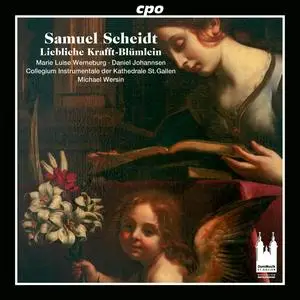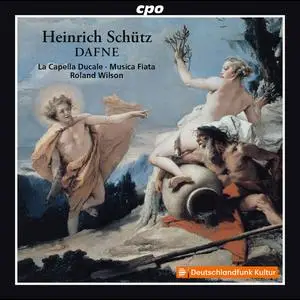Michael Wersin - Liebliche Krafft-Blümlein. Twelve duets accompanied by continuo (2023)
WEB FLAC (tracks+booklet) - 545 MB | Tracks: 16 | 59:20
Style: Classical | Label: CPO
WEB FLAC (tracks+booklet) - 545 MB | Tracks: 16 | 59:20
Style: Classical | Label: CPO
Samuel Scheidt, who was born in Halle an der Saale in 1587 and died there in 1654, is one of the most well-known composers of the early Baroque (he is always mentioned as one of the "three great Sch" along with Schütz and Schein). With his numerous surviving works, however, he is not very present in contemporary concert life. As a cycle, his "Lieblichen Krafft-Blümlein" are a world premiere recording. Most of the individual pieces have also never been recorded before. The collection consists of a total of twelve continuo-accompanied duets on texts largely composed from biblical words.



